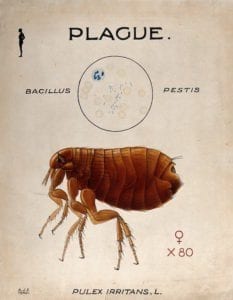 World Health Organization Advisory: Plague in Madagascar: October 2017
World Health Organization Advisory: Plague in Madagascar: October 2017
As of October 4th, the Ministry of Public Health of Madagascar reports 194 cases of plague, including pneumonic, bubonic and once case of septicemia, with 30 deaths in 20 districts and cities across the country.
Implications for travelers:
The risk of infection with Yersinia pestis for international travelers to Madagascar is generally low. Plague is endemic in Madagascar where cases are reported every year. Due to current cases reported in several cities (including the capital Antananarivo) and the start of epidemic season (September to April) further spread is likely.
Madagascar is well linked by air both regionally and internationally. One visitor from the Seychelles who was participating in a basketball tournament was infected and died. Travelers to rural areas of plague-endemic regions may be at risk, particularly if camping or hunting or if contact with rodents takes place. In addition, travelers to previously non-endemic regions from where cases of pneumonic plague have been recently reported should avoid crowded areas, avoid contact with dead animals, infected tissues or materials, and avoid close contact with patients with pneumonic plague.
Travelers can protect against flea bites using repellent products for personal protection against mosquitoes, fleas and other blood-sucking arthropods. Travelers returning from Madagascar should seek immediate medical attention if they experience symptoms of fever, chills, painful and inflamed lymph nodes, or shortness of breath with coughing and/or blood-tinged sputum.
Based on the available information to date, the risk of international spread of plague appears very low. WHO advises against any restriction on travel or trade based on the available information about the plague in Madagascar.
Reference (NPR): http://www.npr.org/sections/goatsandsoda/2017/10/04/555338600/why-plague-season-is-a-big-worry-in-madagascar-this-year



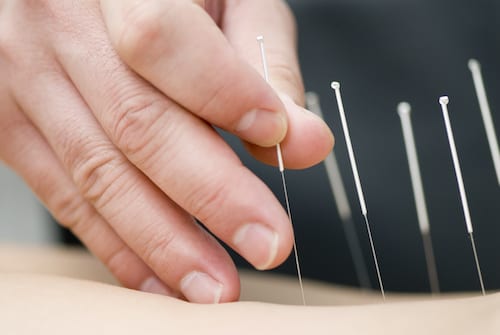


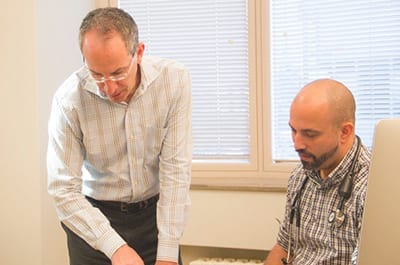

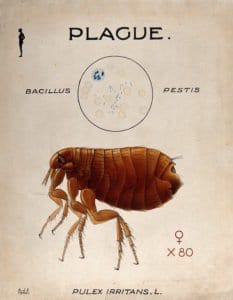

 Dr. Abramson was interviewed on NPR Morning Edition by Amy Standen yesterday about the role of wearable technology and health apps in the doctor's office.
Dr. Abramson was interviewed on NPR Morning Edition by Amy Standen yesterday about the role of wearable technology and health apps in the doctor's office.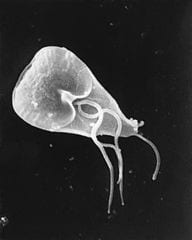
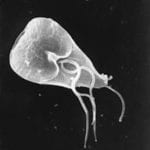 Giardiasis is a fairly common infection of the small intestines caused by the organism Giardia intestinalis (also known as Giardia lamblia). Giardia is a protozoan parasite that thrives in the intestinal tract of mammals and that reproduces by forming cysts, which are transmitted from host to host through the feces of an infected person or animal being ingested by another. The cysts are very resistant and can survive for long periods of time in fresh water, such as lakes, streams and reservoirs.
Giardiasis is a fairly common infection of the small intestines caused by the organism Giardia intestinalis (also known as Giardia lamblia). Giardia is a protozoan parasite that thrives in the intestinal tract of mammals and that reproduces by forming cysts, which are transmitted from host to host through the feces of an infected person or animal being ingested by another. The cysts are very resistant and can survive for long periods of time in fresh water, such as lakes, streams and reservoirs.


 My Doctor Medical Group founder Paul Abramson MD was interviewed this week in the San Francisco Chronicle about his use of self tracking technologies, in collaboration with “Quant Coach” Lauren DeDecker, to collaboratively help his patients in San Francisco solve vexing health challenges, taking the do-it-yourself Quantified Self approach to a professionally-supervised level.
My Doctor Medical Group founder Paul Abramson MD was interviewed this week in the San Francisco Chronicle about his use of self tracking technologies, in collaboration with “Quant Coach” Lauren DeDecker, to collaboratively help his patients in San Francisco solve vexing health challenges, taking the do-it-yourself Quantified Self approach to a professionally-supervised level.
 Truer words have not been spoken, by Dr. Arnold Wald in a recent
Truer words have not been spoken, by Dr. Arnold Wald in a recent 

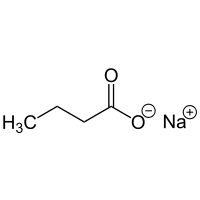
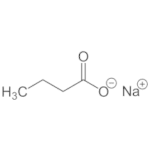
 journal Obesity, June 2013 edition, measured retinal responses to specific light stimuli with a technique called electroretinography which had been found to have a specific pattern when a person was given a dopamine-releasing, rewarding stimulus like the amphetamine-like drug methylphenidate (Ritalin). They then showed that a chocolate brownie, a highly potent source of processed carbs and sugar, created a very similar reward pattern on electroretinography to the amphetamine, and was also associated with increased binge eating behavior.
journal Obesity, June 2013 edition, measured retinal responses to specific light stimuli with a technique called electroretinography which had been found to have a specific pattern when a person was given a dopamine-releasing, rewarding stimulus like the amphetamine-like drug methylphenidate (Ritalin). They then showed that a chocolate brownie, a highly potent source of processed carbs and sugar, created a very similar reward pattern on electroretinography to the amphetamine, and was also associated with increased binge eating behavior.
